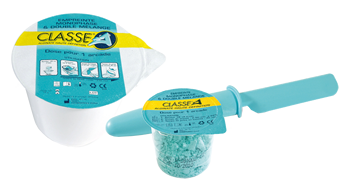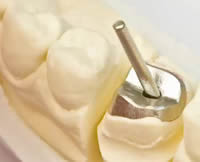
 |
Homepage > Videos gallery > Case studies > Inlay Cores |
|
 |
Once the temporary bridge has been removed, all traces of cement are cleaned from the preparations with an ultrasound scaler. The teeth were prepared at the last visit. We will therefore move straight on to the taking of an impression to make 3 inlay cores which will serve as abutments for the future bridge.
|
 |
|